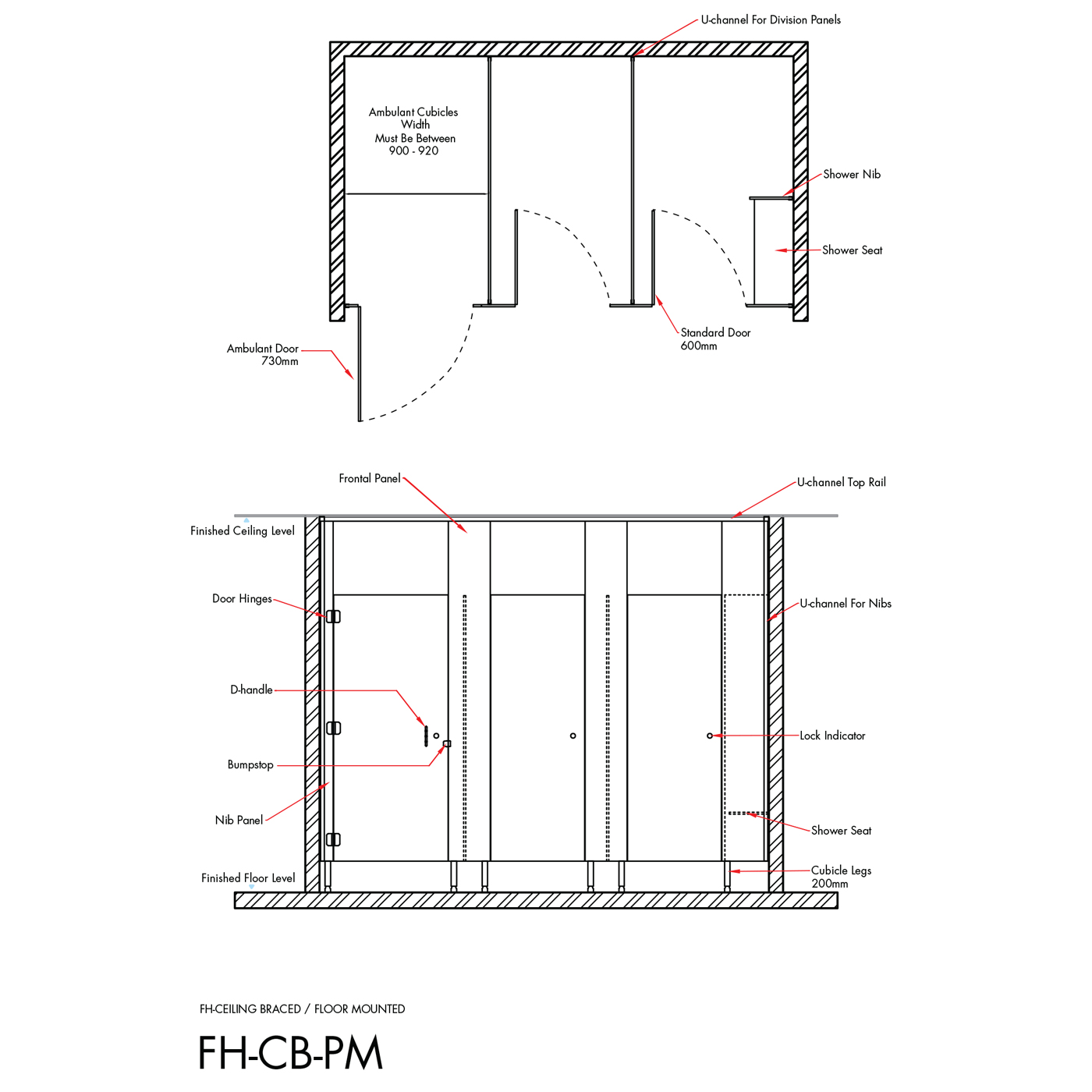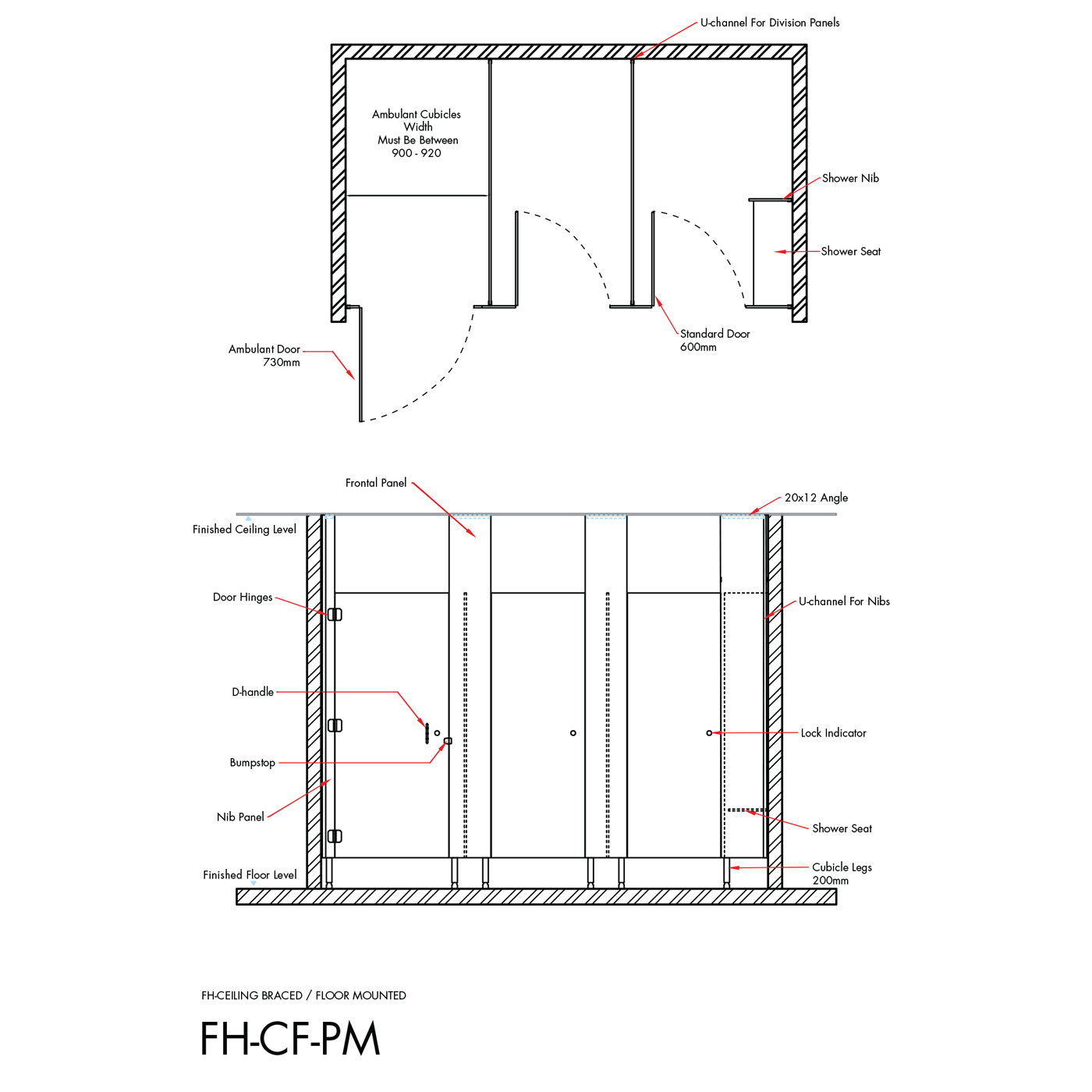Suicide rates rose by 35% in the prednisone and wine US over the past two decades [1] despite significant efforts to reverse this pattern by identifying risk factors and preventative interventions [2]. While mood disorders are among the most important risk factors for suicide [3–5], comorbidity with alcohol and substance use disorders (AUD/SUD) vastly increases vulnerability to suicidal ideation [6, 7], attempts [8, 9], and deaths [5, 10, 11]. Additionally, suicidal ideation and behavior are significant clinical concerns among those seeking treatment for AUD/SUD [12], and risk for highly lethal suicide attempts remains to be elevated even after remission from SUD [13]. While all substances elevate the risk for suicidal behavior, alcohol and opioids are the most common substances identified in suicide decedents (22% and 20%, respectively), far above rates of marijuana (10.2%), cocaine (4.6%), and amphetamines (3.4%) [14•]. In this review, we summarize literature on the role of AUD and opioid use disorder (OUD) in contributing toward the risk of suicidal thoughts and behavior and discuss treatment interventions. Limitations include highly unequal group sizes and the small number of suicide attempts observed, a somewhat surprising number given that the students followed were selected through screening to be at increased risk for suicidal behavior.
Given the high prevalence of alcohol/opioid use alongside escalating rates of suicide, there is a compelling need for attention to their cooccurrence. Alcohol and opioid use disorders (AUD/OUD) significantly increase risk for suicidal ideation, attempts, and death, and are the two most frequently implicated substances in suicide risk. We provide a brief overview of shared risk factors and pathways in the pathogenesis of AUD/OUD and suicidal thoughts and behaviors. We also review clinical recommendations on inpatient care, pharmacotherapy, and psychotherapeutic interventions for people with AUD/OUD and co-occurring suicidal ideation and behavior.
Alcohol
Raising awareness in these age groups about the severe consequences of substance abuse and chemical dependence requires a clinical approach to young, impressionable minds that are still developing. Adolescents are exposed to a lot of misinformation and skewed perceptions of drug culture through social media and society in general. It is critical to provide them with accurate information through a lens of empathy and compassion. There are several neurobiological and psychological theories proposed to explain the relationship between alcohol use and suicide.
A regression analysis that included a significant interaction between the alcohol Problems measure and global impairment found the Alcohol Problems measure to also be predictive of suicidal behavior. The interaction indicated that global impairment was an important predictor only among students with minimal alcohol problems scores. Suicide is the second leading cause of death among college students (Turner et al., 2013), and this population has recently shown marked increases in rates of depression, suicidal ideation and suicide attempts.
However, more investigation is required before making any statements on the link between alcohol and suicide. Psychotherapy in combination with psychopharmacological treatment may also benefit from the advantages of each of these modalities [137]. For example, in a study of adolescents with AUD receiving fluoxetine for depression, those who also received a manualized CBT/MET protocol had superior outcomes for depression and alcohol-related symptoms compared to those who did not [135]. However, extant data are not conclusive [115•], and further research is necessary to evaluate the combined effectiveness of psychotherapy and pharmacology in co-occurring suicidality and AUD [138].
- If it means saving a loved one, warning labels on beer cans seem like a pretty low price to pay.
- Suicide, heart disease and cancer are consistently among the top 10 causes of death of Canadians, and alcohol increases the risk of all of these killers.
- Elevated AUDIT scores were not used to select the sample for these analyses and this is likely to have skewed the study group toward higher levels of suicidality and depressive symptoms.
- The results of our research highlight just how needed these measures are in our society, but prevention requires change at both the individual and systemic level.
- Individuals with alcohol dependence who are hospitalized for an impulsive suicide attempt have higher rates of postdischarge relapse, and relapse faster, than those without an impulsive attempt [111].
- People who use opioids are 14 times more likely to die by suicide compared to the general population [10, 142], perhaps the highest odds of all substances.
The true number of attempts was likely higher because only attempts that had occurred in the preceding month were elicited for both the 1- and 6-month follow-up evaluations. Elevated AUDIT scores were not used to select the sample for these analyses and this is likely to have skewed the study group toward higher levels of suicidality and depressive symptoms. The brevity of the principal measures of depressive symptoms and of alcohol use patterns precludes more detailed analysis, but this was necessary to maximize participation and sample retention. It may also be that since a majority of the students in the present sample screened positive for depression, the resulting limits in the range of depression scores account for their failure to predict attempts. In this prospective analysis of 2296 college students deemed at increased risk for suicide, the degree of alcohol problems, but not consumption level, significantly predicted the likelihood of suicide attempts. Other baseline features predictive of suicide attempts included wishes for death, suicidal ideation, suicide attempts and degree of global impairment.
The Link Between Alcohol and Suicide
Alcohol affects neurotransmitters, which are the chemical messengers such as GABA and serotonin that help regulate mood. Brief motivational enhancement techniques to increase patients’ willingness to pursue treatment and overcome obstacles may also be an effective engagement approach. Motivational interviewing is focused on helping people work through their ambivalence about changing their behavior and explores patients’ concerns and beliefs about change. PsychiatryOnline subscription options offer access to the DSM-5-TR® library, books, journals, CME, and patient resources. This all-in-one virtual library provides psychiatrists and mental health professionals with key resources for diagnosis, treatment, research, and professional development.
Risk estimates are higher for individuals with AUD in treatment settings, when compared to individuals in the community who have AUD. Also, although rates of suicide and prevalence of AUD remain higher in men, they have increased more among women in recent decades. Based on postmortem blood alcohol concentrations, AUA was commonly present among those who died by suicide. AUA is a potent proximal risk factor for suicidal behavior, and the risk increases with the amount of alcohol consumed, consistent with a dose-response relationship.
Other Substances, Multiple Substance Use, and Suicide
This strategy provides for participation in activities that exclude alcohol, tobacco, and other drug use. Constructive and healthy activities offset the attraction to, or otherwise meet the needs usually filled by, alcohol, tobacco, and other drug use, which ultimately reduces suicidal tendencies. Most important to motivational interviewing is to engage patients in a discussion that is noncoercive and nonthreatening, and to create an atmosphere that is empathic, nonjudgmental, and supportive of the patients’ concerns. Open-ended questions, affirmations, reflective listening, and summarizing are the cornerstones of this approach. bromide detox We can develop a warped perception of suicide, weakening our efforts to avoid pain and protect our well-being.
Indeed, a history of childhood abuse significantly increase the risk for suicidal behavior in individuals OUD [144, 149, 157]. There has been a marked increase in suicide fatalities among college-age students in recent years. Moreover, heavy alcohol use, a well-known risk factor for suicide, is present on most campuses.
Links between alcohol use and suicidal behavior
In addition to SSRIs, tricyclic antidepressants are thought to mitigate depressive-like alcohol withdrawal symptoms [121] and may be effective for co-occurring depression and AUD [122, 123]. Additional meta-analytic research similarly suggests lower performance of SSRIs relative to tricyclics in comorbid MDD and AUD/SUD [119, 125], but results should be interpreted cautiously given the potentially mediating roles of study design and sample selection. Additionally, findings regarding depressive symptom reduction are equivocal when controlling for study quality and bias [126], and antidepressants may not be justified for treatment of alcohol misuse in the absence of MDD [118, signs you were roofied 127].
A meaningful understanding of the different roles that alcohol and opioid use can play in suicidal behavior, however, will require continued study of their shared risk factors, mechanisms, and interventions. For example, further empirical research is necessary to differentiate the acute effects of alcohol and opioid intake on suicidality, separably from chronic or dependent use. Additionally, the gaps in intervention research on co-occurring suicidality and AUD/OUD are substantial, and pharmacological studies do not frequently account for the effects on suicidality, specifically, in addition to mood improvements in mood, in alcohol/opioid users.








